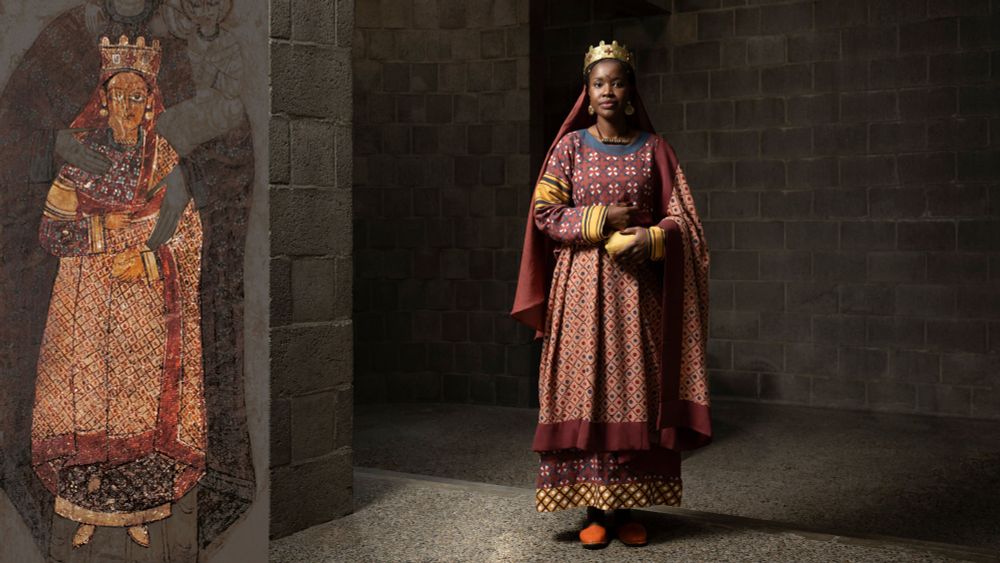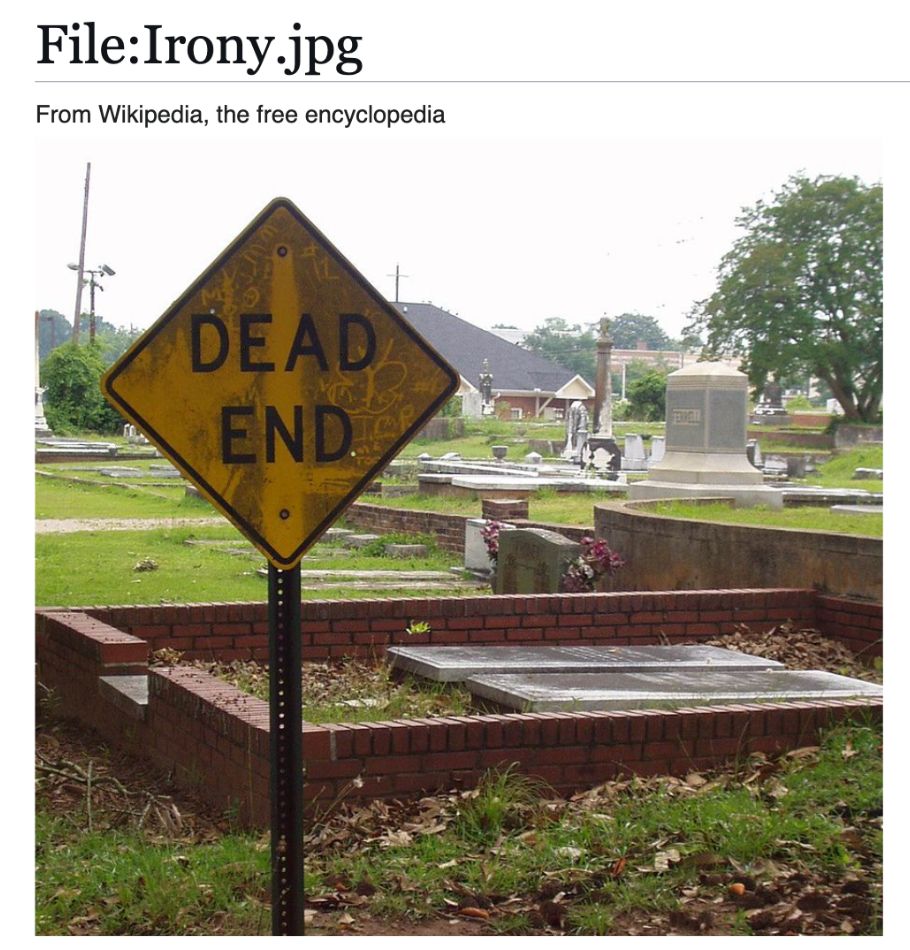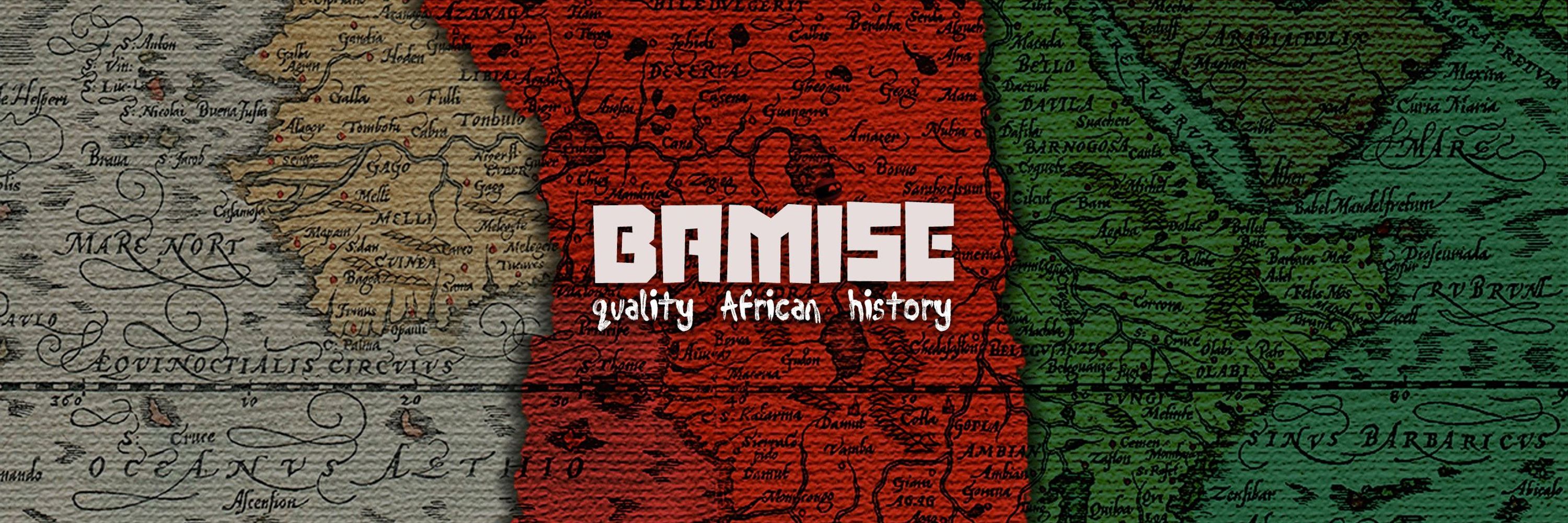


From the early days of pre-Bantu peoples to the turbulent reign of Álvaro III, explore the rise, dominance, and decline of the Kingdom of Kongo.
Power, ambition, and resilience—this is a story you won’t want to miss! 👑🔥
youtu.be/_m3sOwD6daU

From the early days of pre-Bantu peoples to the turbulent reign of Álvaro III, explore the rise, dominance, and decline of the Kingdom of Kongo.
Power, ambition, and resilience—this is a story you won’t want to miss! 👑🔥
youtu.be/_m3sOwD6daU
I’m diving into the history of the Kingdom of Kongo, one of Africa’s most powerful states. Often mistaken for modern-day D.R. Congo or Republic of Congo, Kongo was primarily in northern Angola and thrived long before European interference.
#BlackHistoryMonth #KingdomOfKongo #Bamise
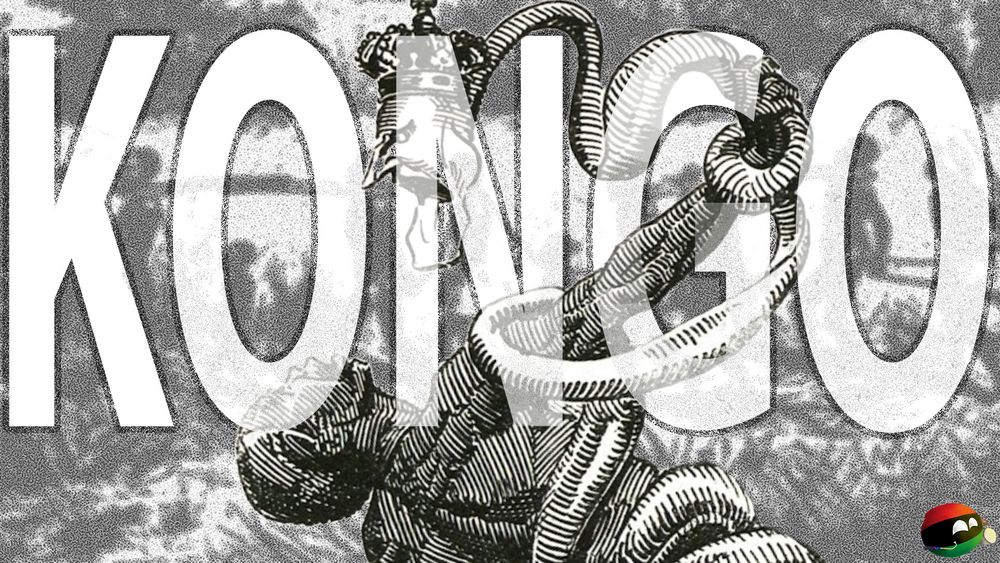
I’m diving into the history of the Kingdom of Kongo, one of Africa’s most powerful states. Often mistaken for modern-day D.R. Congo or Republic of Congo, Kongo was primarily in northern Angola and thrived long before European interference.
#BlackHistoryMonth #KingdomOfKongo #Bamise
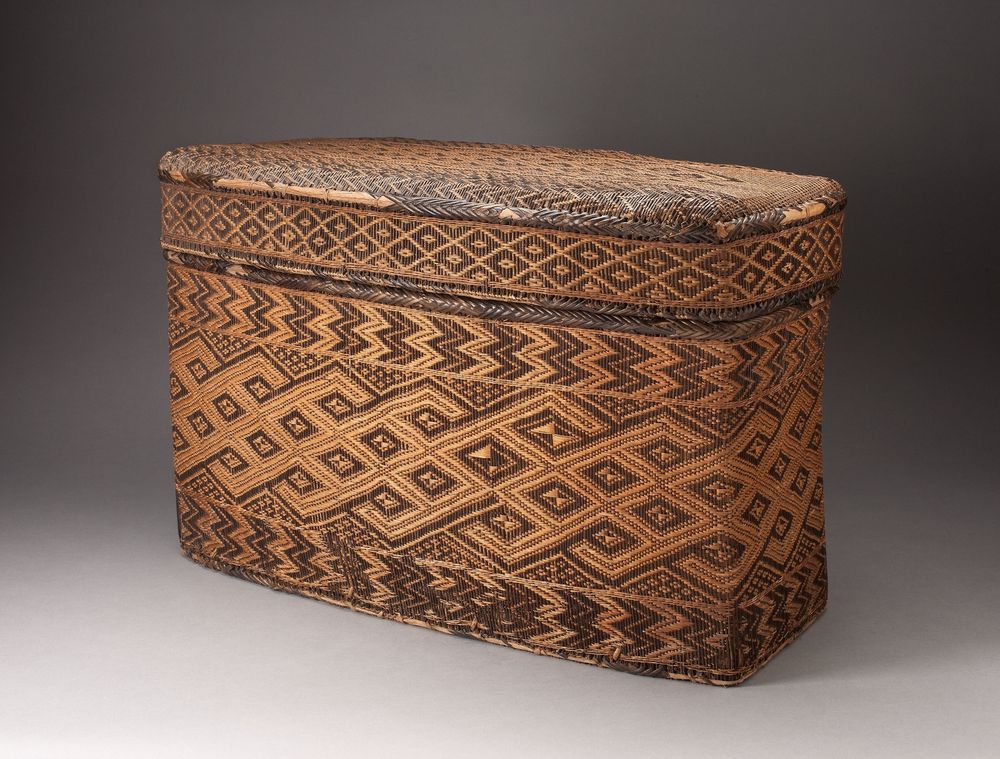
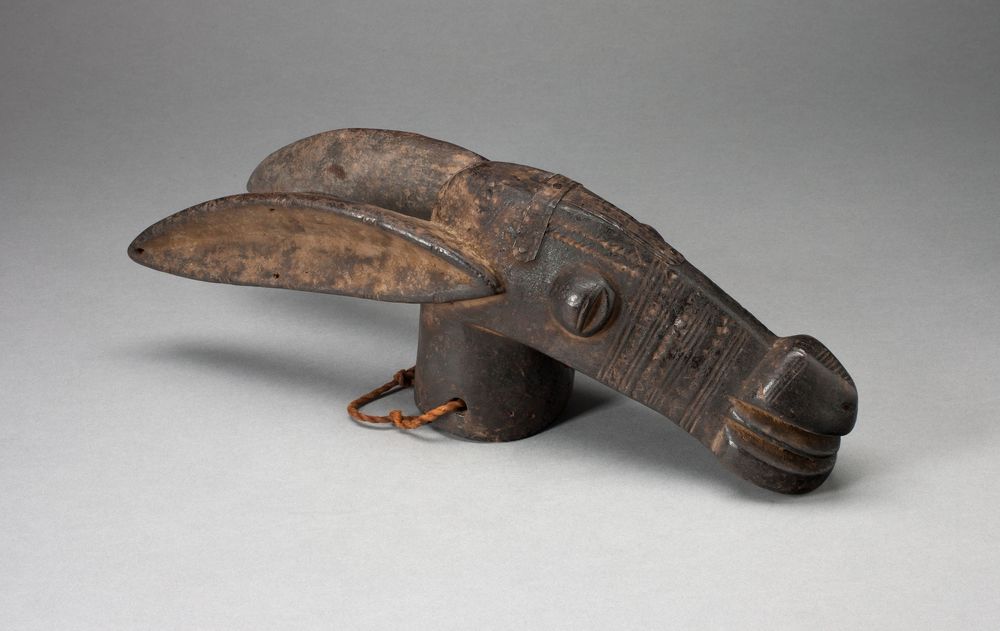

I'm working on a video about the Kingdom of Kongo and would love help from anyone who speaks Kikongo, Kituba, or Swahili. If you can help with correct pronunciations of names and places, or know someone who can, please DM me.
Thank you!
I'm working on a video about the Kingdom of Kongo and would love help from anyone who speaks Kikongo, Kituba, or Swahili. If you can help with correct pronunciations of names and places, or know someone who can, please DM me.
Thank you!
17th-century engraving colourized in 1843
#ethnographxt
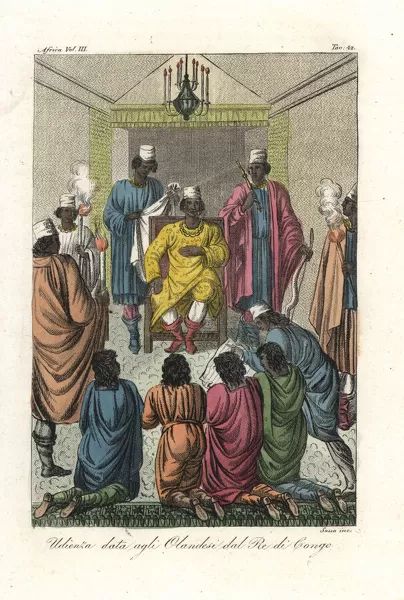
17th-century engraving colourized in 1843
#ethnographxt
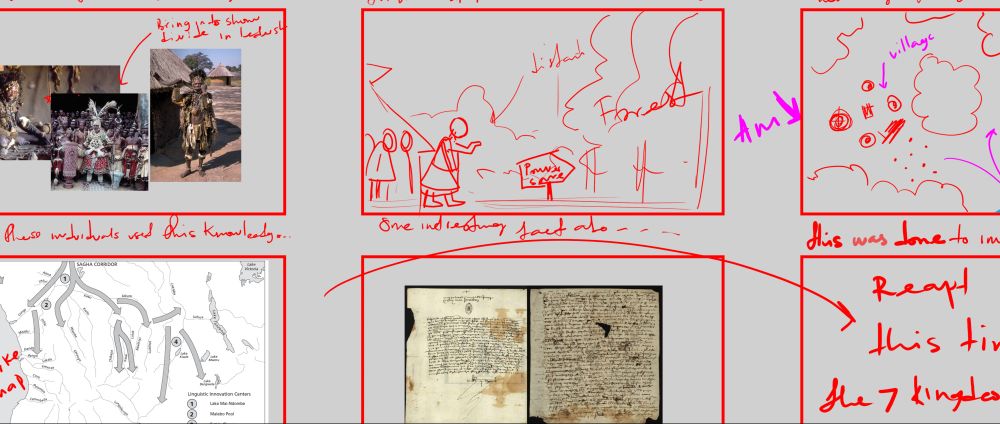
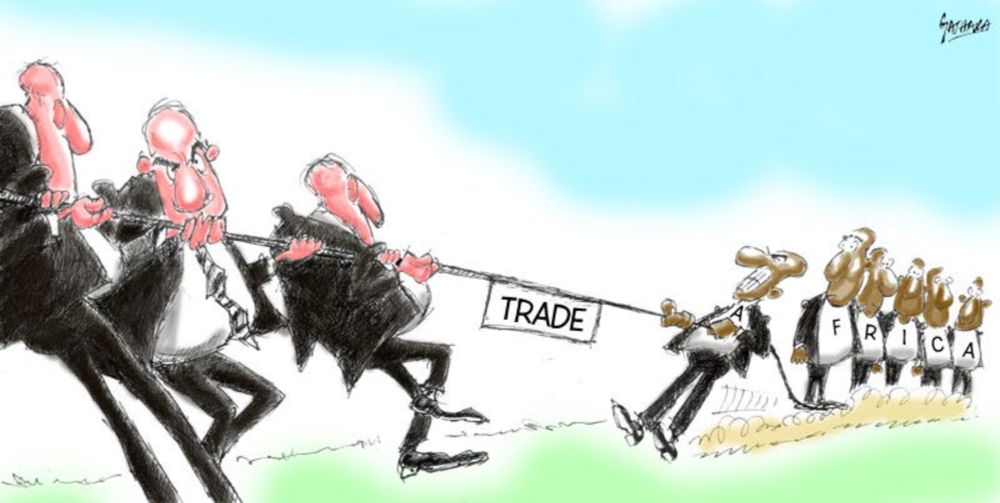
at the time when King Leopold was forcing Congo's population to produce rubber, the neighboring kingdom of Kongo, which was still independent, was experiencing a rubber boom, and the majority of the wealth was retained by the African producers.
thread with some graphs:
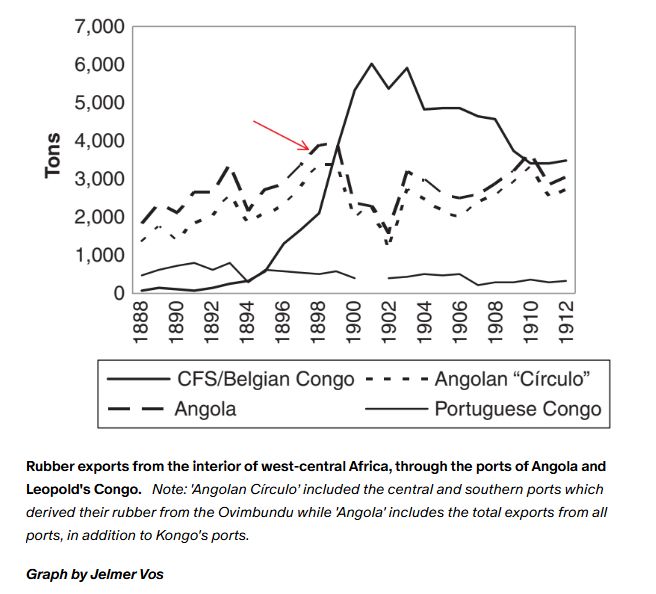
at the time when King Leopold was forcing Congo's population to produce rubber, the neighboring kingdom of Kongo, which was still independent, was experiencing a rubber boom, and the majority of the wealth was retained by the African producers.
thread with some graphs:
